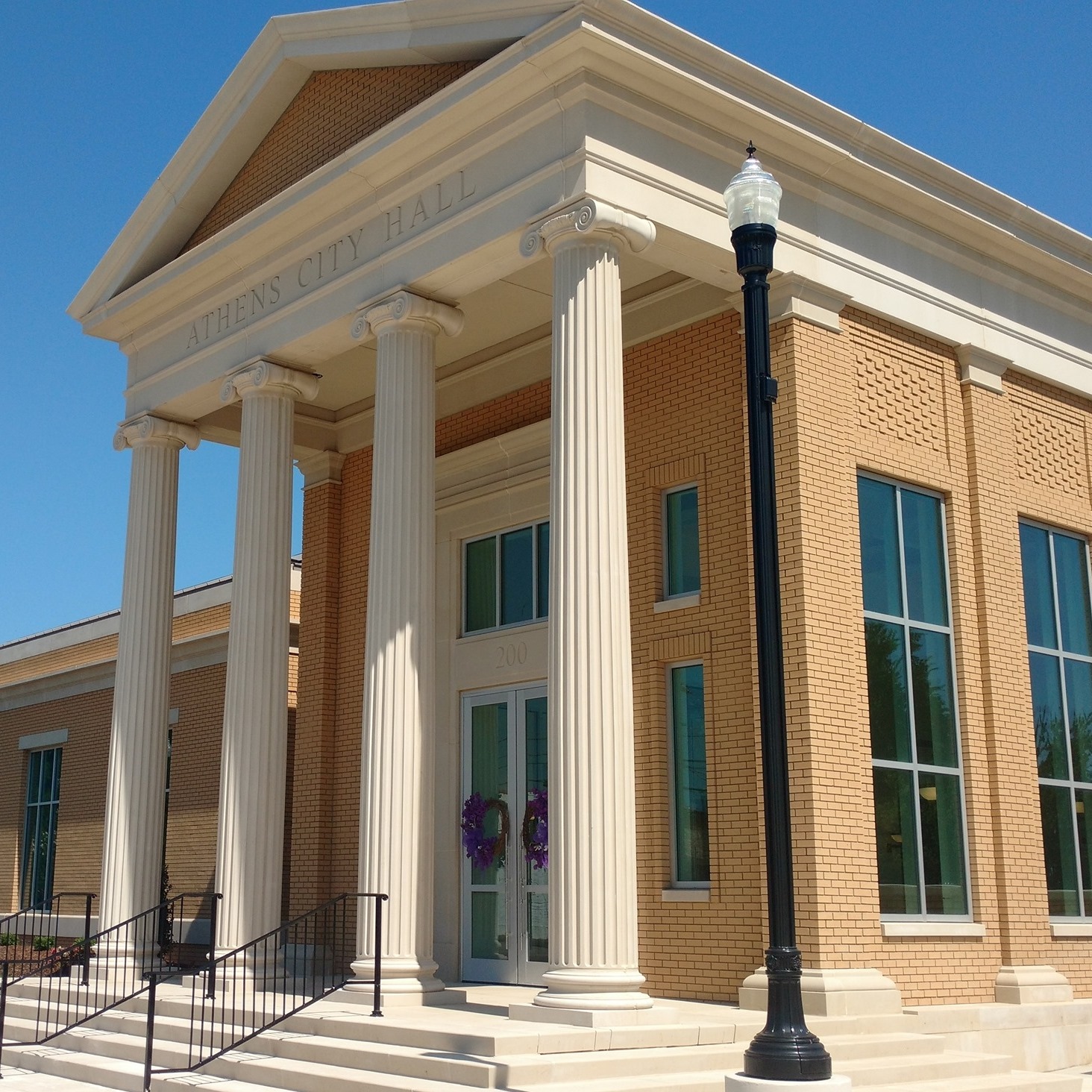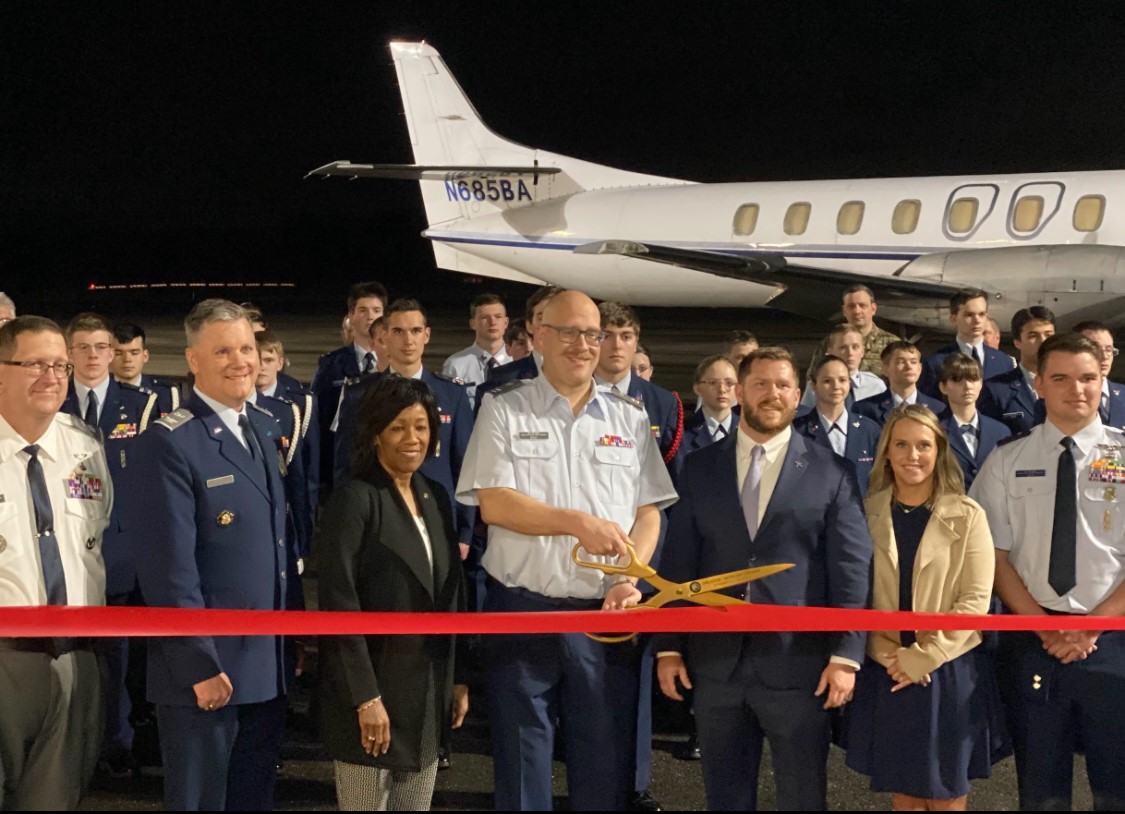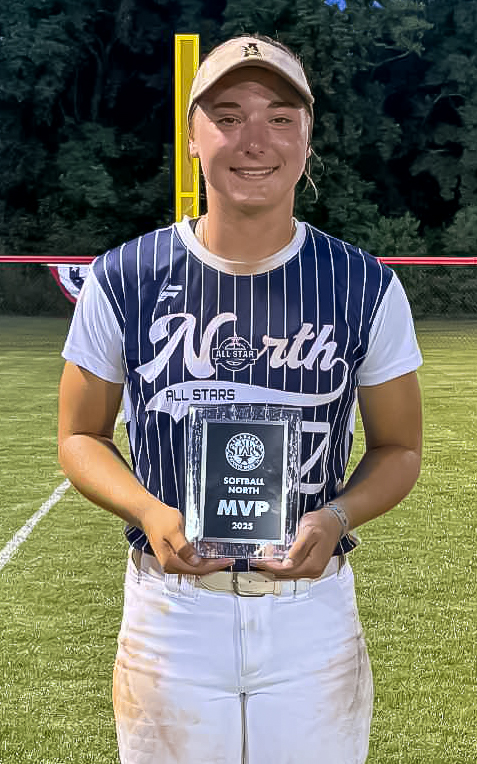Do you know?
Published 11:00 am Tuesday, May 24, 2022
I often fly into attics. Although it is hard to wing my way across piled boxes and old furniture, it is always fun to look at dusty toys, old photographs and long-forgotten books. I often wonder about the people who took those pictures or wrote the letters now tied in fraying string. I’m sure you’ve done the same, with the difference being that you walk up the steps and don’t fly through the window like me, of course.
Have you ever found pictures carefully kept, but not identified? Someone once thought it important to take the photo, but now no one even knows who these people were. Why is that baby blanket folded up here or that painting left gathering dust over there? Why did Grandma not write the name on this picture of her standing with all those people in “the old country.”
Trending
I imagine Grandma, like all of us, never thought the day would come when someone wouldn’t know who all the others were, or the background story wasn’t common wisdom. Like the weather the day the photograph was made, so Grandma is now gone forever. Scenes of ships on mighty seas, of wonderful 19th century visits to strange lands, even of paintings where the subject matter is lost to memory abound. All unknown, everyone unidentified.
This is partly why I’m happy technology has come upon us. Certain capabilities allow us to formulate identities of locations online. That set of mountains ranged behind the unknown person show he’s standing in Bryce’s Canyon. But who is he? What brought him there? Other, similar questions bedevil the viewer. This is why historians are so valuable to our lives. They pore over ancient — and not so ancient — texts, artifacts and photos to discover truths long since forgotten, or perhaps no longer even valued today. With their skills, we have learned to read long-forgotten texts on gigantic pyramids. Combining their studies with technology, we have even discovered, as in the jungles of Guatemala, whole lost cities by using ground-penetrating radars.
We can also thank public sharing of discovered items on television productions like Antiques Roadshow. On such programs, we can learn the backstory of thousands of items brought in for identification. What personal and historical value is added if we know the story of such objects. That powder horn dates to the French and Indian War! More importantly, we know who made it, because the family handed its story down for generations. And we’re not only talking of financial value, but the significance of that story to our own story as a family, a family among others, and a history of a people who settled where we live and made it what it is today.
It has become important to remember, because memory tells us about ourselves, not just the things we or others wrought. What we remember is often colored by time, but honest historians bring about truth, and that sets us all free. One Civil War era Kentucky family’s “pater familias” advocated, through brimstone-laden articles in the late 1850s, that his state should secede from the Union. He wanted to preserve slavery. This is because the family’s wealth was based on human bondage. An Indiana family discovered their relatives joined a Union cavalry unit, which rode into Kentucky and burned the secession advocate’s house to the ground. In the end, the only one from the two families who emerged whole from that hate-ridden era was the secessionist’s oldest son. He left Kentucky when the war started and went west. There he discovered a strange, strange land, which later was named Yellowstone National Park. He signed a gold mining claim at Alder’s Gulch, Montana Territory, on the day Abraham Lincoln was assassinated.
All of these type stories are taught by those old letters, those musty documents and family photographs. Family lore can help point us in certain directions but is a brittle bridge when it comes to facts. Take time. Identify who people are in photographs. Who are the ancestors who kept those old documents, and why? Did that old cavalry sword mean something once, or is it only good for kids cutting watermelons? Before you throw something away or donate it, ask yourself if it can help you learn about your ancestors, about yourself. Take what you know to museums, where real archivists and curators can help you understand what you’ve found. One teacher fascinated her class with a document from the 17th century. The unfolded document, explained, brought about the sensitive attention of one of her most unreachable children. “This really happened?” she asked in wonder. Next, the students were encouraged to do the same with similar papers at home.
“With memory comes obligation,” one Holocaust survivor has said. Consider the work of our curators, our historians, our teachers. Knowing the truth about the past can only set us free. Honesty makes our world more understandable and our wisdom greater.






